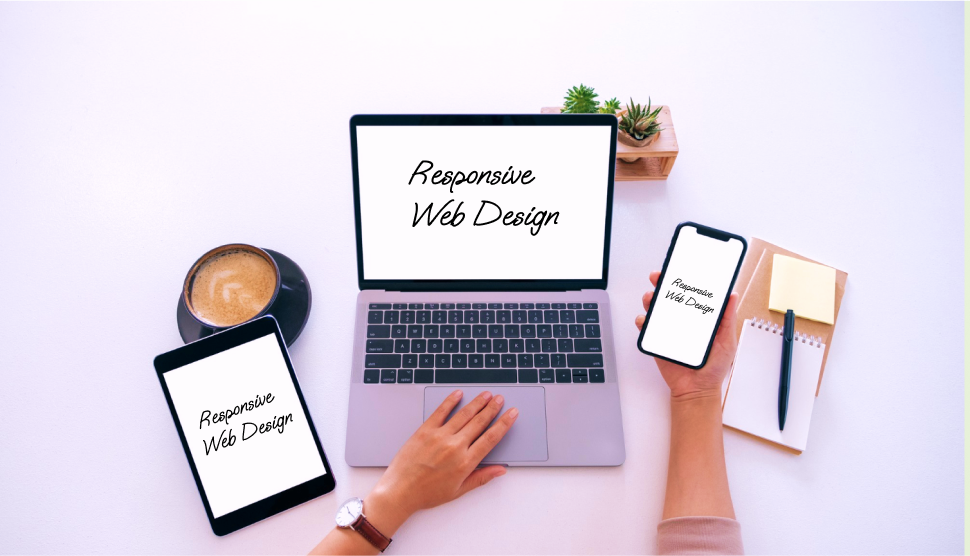News Blast: Your Daily Update
Stay informed with the latest news and trends.
Responsive Web Design: The Secret Ingredient to Mobile Madness
Unlock the secrets of responsive web design and transform your site for mobile madness—boost user engagement and drive traffic today!
Understanding the Basics of Responsive Web Design
Responsive web design is an essential approach to creating websites that effectively adapt to various screen sizes and devices. This methodology ensures that a website offers an optimal viewing experience, regardless of whether users are accessing it via desktop computers, tablets, or smartphones. By employing fluid grids, flexible images, and CSS media queries, developers can tailor their designs to meet the needs of their audience. As mobile usage continues to rise, understanding the fundamentals of responsive web design becomes increasingly critical for maintaining visibility and engagement in today's digital landscape.
At the heart of responsive web design lies the principle of fluid layouts, which allows elements on a webpage to resize and reposition dynamically based on the user's screen dimensions. Key techniques include:
- Flexible Grids: Using percentages instead of fixed pixels to define layout proportions.
- Media Queries: Applying different styling rules based on the characteristics of the device.
- Responsive Images: Utilizing techniques like srcset to serve appropriately sized images based on screen resolution.
By mastering these core concepts, web designers can ensure a seamless user experience across all devices, thereby enhancing accessibility and engagement.

5 Key Benefits of Responsive Web Design for Your Business
In today's digital age, having a responsive web design is crucial for businesses looking to enhance their online presence. One of the primary benefits is improved user experience. With a responsive design, your website automatically adapts to different screen sizes, whether viewed on a smartphone, tablet, or desktop computer. This ensures that visitors can navigate and interact with your site effortlessly, reducing bounce rates and increasing the chances of conversions.
Another significant advantage is the positive impact on your SEO rankings. Search engines like Google prioritize mobile-friendly websites, meaning that having a responsive design can help your site rank higher in search results. Additionally, a single URL for your content makes it easier for search engines to crawl and index your pages, which can further boost your visibility. Overall, investing in a responsive web design not only enhances user experience but also strengthens your online marketing efforts.
How Does Responsive Design Impact User Experience on Mobile Devices?
Responsive design plays a crucial role in enhancing user experience on mobile devices. With the increasing use of smartphones and tablets for browsing the web, a responsive website ensures that the content is easily accessible and visually appealing across various screen sizes. When a website adapts seamlessly to different devices, it minimizes the need for zooming and horizontal scrolling, allowing users to navigate effortlessly. This ease of use can significantly reduce bounce rates, as visitors are more likely to stay engaged with content that is well-presented and easy to interact with.
Moreover, a positive user experience on mobile translates to better engagement and conversion rates. Responsive design not only improves aesthetics but also increases functionality, making it simpler for users to find information, fill out forms, or make purchases. According to research, mobile-friendly designs contribute to higher customer satisfaction levels, as they provide a smoother and more intuitive browsing experience. In essence, embracing responsive design is not just a trend; it's a necessity for businesses aiming to thrive in an increasingly mobile-first world.